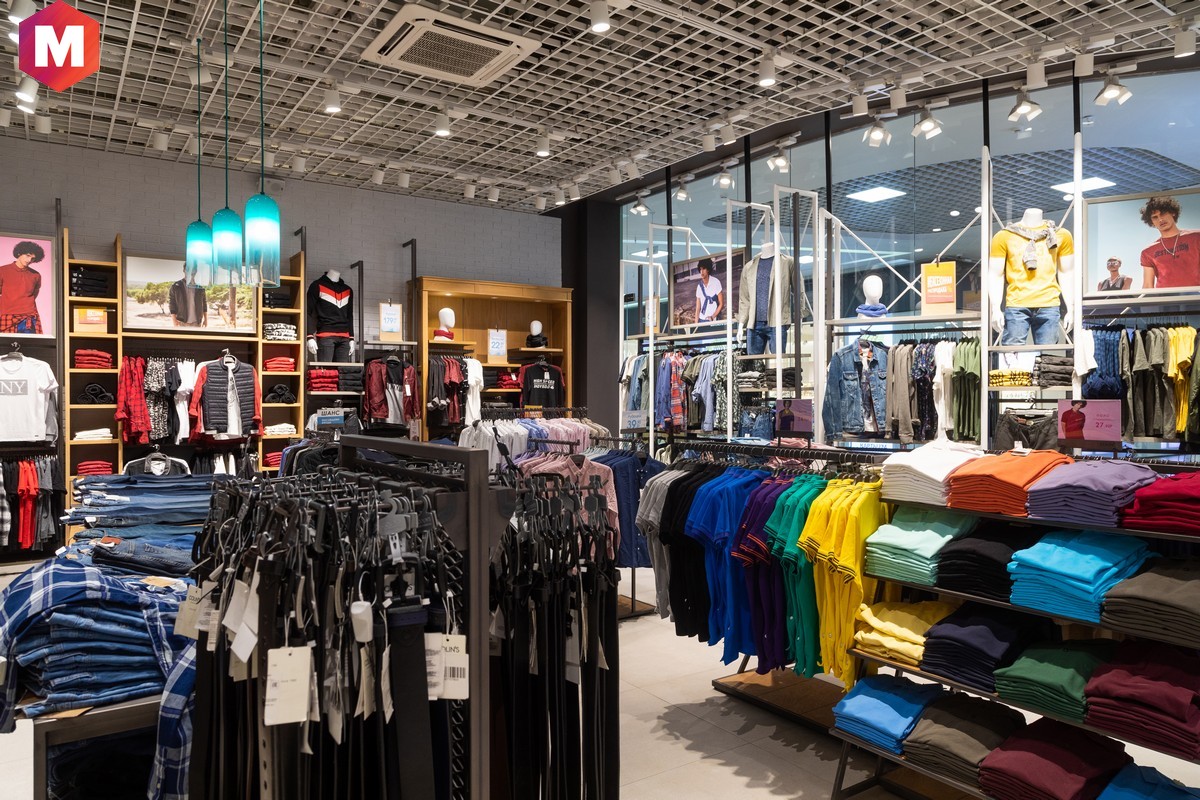Hard goods are physical products that can be touched and felt. They are typically made from durable materials such as metal, glass, or plastic. Hard goods are often used in manufacturing and industrial applications.
Hard goods can also be found in the home, such as furniture, appliances, or electronics. Hard goods are typically sold through retailers or distributors. Hard goods can be either new or used. New hard goods are often covered by a warranty. Used hard goods may be sold “as is” or with a limited warranty.
Table of Contents
What are Hard Goods?
Hard goods are tangible or physical items that literally feel hard to the human touch. They can be touched, handled, and felt. Hard goods are frequently constructed of sturdy materials like metal, glass, or plastic.
Hard goods can be shipped internationally. Hard goods are often subject to customs duties and taxes. Hard goods can be returned to the manufacturer or retailer for a refund, exchange, or repair. Hard goods can be resold, recycled, or disposed of.
Characteristics of Hard Goods
Hard goods are products that are made of hard materials, such as metal or plastic. They are usually durable and have a long lifespan. Hard goods are often used in construction, manufacturing, and other industrial applications. They are typically more expensive than soft goods. Personal items that are tangible products are also considered hard goods.
They have a limited shelf life, less shelf space, and may expire. Hard goods are often branded with a logo or other markings. Hard goods are often protected by patents, copyrights, or trademarks. They can also be counterfeit. Such goods can be dangerous if used improperly. They can cause injury or death and can be defective and recalled by the manufacturer. Such goods are offered as per consumer demand.
Hard and Soft Goods
In retail, hard goods are products that can be touched and felt such as furniture, appliances, or electronics. Hard goods are typically sold through retailers or distributors. Soft goods are products that cannot be touched and felt such as clothing, books, or software. Soft goods are typically sold through retailers or online.
Hardlines vs. Softlines
Hardlines are products that can be touched and felt such as furniture, appliances, or electronics. Hardlines are typically sold through retailers or distributors. Softlines are products that cannot be touched and felt such as clothing, books, or software. Softlines are typically sold through retailers or online.
The Difference Between Hard Goods and Soft Goods
Hard goods are hard, durable items, that are usually big in size. They are mostly merchandised as one piece on the floor for display and the actual sale is fulfilled from the stock room or the warehouse.
Because of their durable nature, they are not frequently purchased by the same customer over and over again within short periods of time. The buying process also takes a long time for browsing and comparing alternatives, until it reaches the final purchase decision.
Soft goods, on the other hand, are literally soft to touch, foldable, and smaller in size. They are usually merchandised in higher quantities on the floor for customers to pick and go. They also tend to have a higher frequency of purchasing by the same customer, and a shorter buying process. In addition, since they are mostly used for daily consumption or as gifts, there is always a constant need to replenish the inventory.
Some examples of hard goods include
- Automobiles
- Computers
- Appliances
- Furniture
- Toys
- Sporting equipment
- Tools
- Electronics
- Hardware, etc
Some examples of soft goods include
- Books
- Clothing
- Linens
- Shoes
- Accessories
- Jewelry
Advantages of Hard Goods
- Often less expensive than soft goods.
- Can be returned to the manufacturer or retailer for a refund, exchange, or repair.
- Can be shipped internationally.
- Can be resold, recycled, or disposed of
- Have a limited shelf life and may expire.
Disadvantages of Hard Goods
- Can be dangerous if used improperly.
- Can cause injury or death.
- Can be defective.
- Can be recalled by the manufacturer.
- Often subject to customs duties and taxes.
- Often branded with a logo or other markings.
- Often protected by patents, copyrights, or trademarks.
- Can be counterfeit.
Advantages of Soft Goods
- Often lighter and easier to transport than hard goods.
- Soft goods can be easily stored and take up less space than hard goods.
- Soft goods are often less expensive than hard goods.
- They can be shipped internationally.
- These goods can be returned to the manufacturer or retailer for a refund, exchange, or repair.
- Can be resold, recycled, or disposed of.
- Often have a longer shelf life than hard goods.
Disadvantages of Soft Goods
- Can be damaged easily.
- Can be counterfeit.
- Can be recalled by the manufacturer.
- Soft goods are often subject to customs duties and taxes.
- Soft goods are often branded with a logo or other markings.
- Soft goods are often protected by patents, copyrights, or trademarks.
How Retailers Manage Hard goods and Soft goods inventory
Most retailers use a system called the retail method to estimate inventory. The retail method estimates inventory by totaling the cost of goods sold and dividing it by a merchandise sales factor. The merchandise sales factor is the percentage of sales that is expected to be replenished within a certain period of time.
The retail method is generally used for estimating inventory for hard goods because it is difficult to keep track of how many units of each item are sold. The retail method is not as accurate for estimating inventory for soft goods because it is easy to keep track of how many units of each item are sold. In addition, the retail method does not take into account the different types of soft goods (e.g., clothing, books, etc.) that are sold.
There are two main types of inventory management systems: the periodic system and the perpetual system. The periodic system is a system in which inventory is counted and recorded at fixed intervals, such as once a month. The advantages of the periodic system are that it is simple to use and it does not require expensive hardware or software. The disadvantages of the periodic system are that it is difficult to keep track of Inventory levels and it can lead to stockouts.
The perpetual system is a system in which inventory is counted and recorded continuously. The advantages of the perpetual system are that it provides real-time information about inventory levels and it can help prevent stockouts. The disadvantages of the perpetual system are that it is more expensive to implement and it requires expensive hardware and software.
Most retailers use a combination of the periodic system and the perpetual system to manage inventory. For example, a retailer might count inventory once a month but also track sales data on a daily basis. This would allow the retailer to have accurate information about inventory levels and sales data.
Conclusion!
In conclusion, Hardgoods have many advantages over soft goods but there are some disadvantages to Hard goods as well.
Many retailers use the retail method to estimate inventory for Hardgoods because it is difficult to keep track of how many units of each item are sold. The retail method is not as accurate for estimating inventory for soft goods because it is easy to keep track of how many units of each item are sold.
What do you think? Do you have any experience with managing inventory for Hard goods? Let us know in the comments below!
Liked this post? Check out the complete series on Retailing

